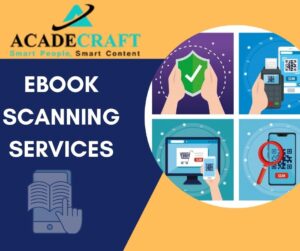Virtual reality (VR) has the potential to contribute to the growth and development of various sectors in the United States. Here are some ways VR can help the USA grow faster:
- Enhanced Training and Education: VR can revolutionize training programs in industries such as healthcare, manufacturing, aviation, and defense. Immersive VR simulations 3D animation services can provide realistic training scenarios, allowing workers to gain practical experience and skills in a safe and controlled environment. This can lead to increased productivity, reduced costs, and improved overall performance.
- Remote Work and Collaboration: VR can facilitate remote work and collaboration by creating virtual meeting spaces and work environments. With VR, teams can collaborate seamlessly regardless of geographical distance, enhancing productivity, and reducing the need for travel. This can lead to increased efficiency, cost savings, and expanded opportunities for businesses across the country.
- Tourism and Experiential Marketing: VR can boost the tourism industry by offering virtual travel experiences and immersive destination showcases. It allows potential travelers to explore destinations, attractions, and hotels before making their choices. VR-based experiential marketing campaigns can also attract international visitors, drive tourism revenue, and promote local businesses.
- Architecture and Real Estate: VR can transform the way architectural designs are presented and evaluated. It enables clients to experience virtual walkthroughs of buildings, apartments, or properties before they are constructed. This enhances the decision-making process, reduces construction errors, and improves customer satisfaction in the real estate industry.
- Manufacturing and Product Development: VR can accelerate the product development cycle by enabling virtual prototyping, testing, and visualization. It allows engineers and designers to analyze and optimize designs in a virtual environment, reducing the need for physical prototypes and shortening the time to market. This can result in faster innovation, cost savings, and increased competitiveness.
- Healthcare and Therapy: VR can be utilized in medical training, surgical simulations, and therapeutic applications. It enables medical professionals to practice complex procedures, enhances diagnosis and treatment planning, and offers immersive therapy experiences. The adoption of VR in healthcare can lead to improved patient outcomes, reduced medical errors, and enhanced accessibility to quality care.
- Entertainment and Gaming: The entertainment industry, including gaming, films, and virtual experiences, can drive economic growth through VR. Immersive and interactive VR content can attract audiences, generate revenue, and create employment opportunities in sectors such as game development, visual effects, and virtual experiences.
By leveraging the potential of VR in these areas, the USA can foster innovation, boost productivity, attract investments, and remain at the forefront of technological advancements. It has the potential to drive economic growth, create jobs, and position the USA as a leader in the global VR industry.










